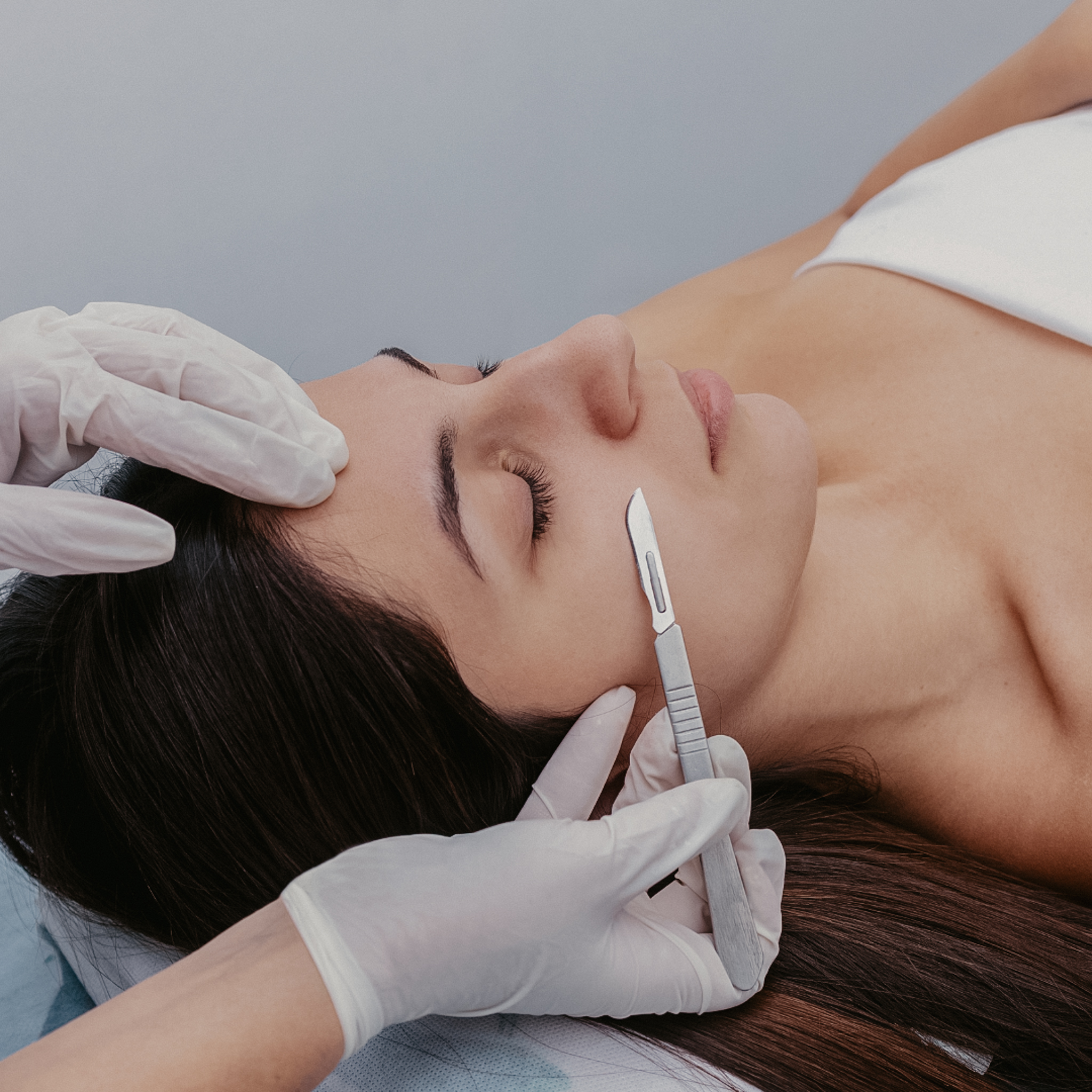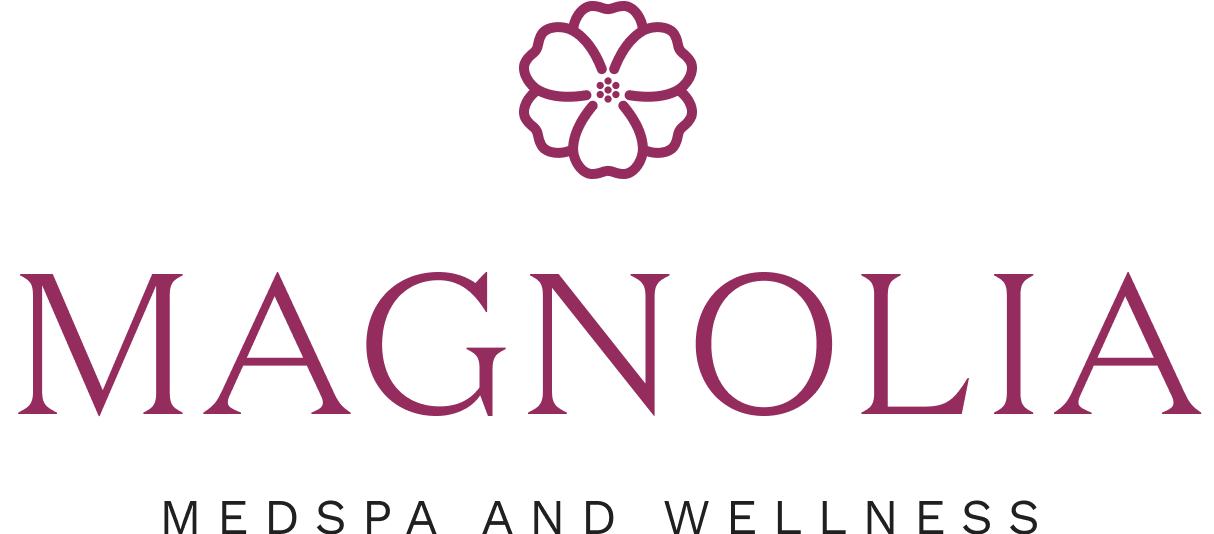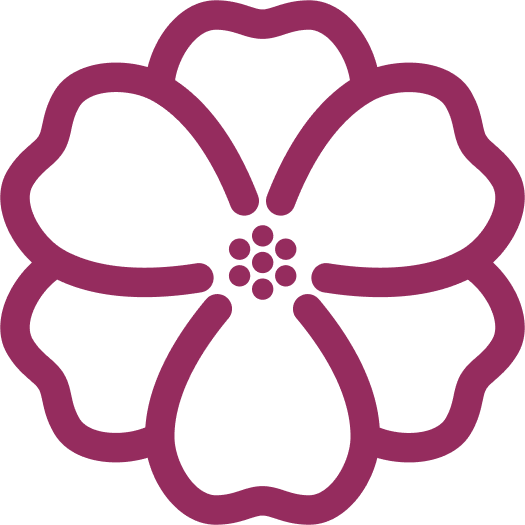DERMAPLANING
Magnolia MedSpa: The BEST Dermaplaning Services in Southlake, TX


Say Goodbye to Peach Fuzz & Dead Skin with Dermaplaning
Indulge in the art of skin refinement with Magnolia MedSpa's dermaplaning treatment. Designed to unveil a smoother & more radiant complexion. This meticulous exfoliation technique that removes dead skin cells and fine facial hair, leaving your skin with a renewed glow.
At Magnolia MedSpa, we elevate the dermaplaning experience, combining precision and expertise to reveal the natural beauty beneath the surface.
Step into a world where smooth, luminous skin takes center stage, and let us redefine your journey to a flawless complexion through our specialized dermaplaning treatments.
The Benefits of Dermaplaning: A Closer Look
- 1Smoother Skin Texture: Dermaplaning removes the top layer of dead skin cells, leaving your skin incredibly smooth to the touch. Say goodbye to rough patches and hello to a silky, refined complexion.
- 2Hair Removal: The treatment also effectively removes vellus hair, commonly known as "peach fuzz." This not only enhances the smoothness of your skin but also allows for flawless makeup application.
- 3
Instant Radiance: Dermaplaning reveals a radiant complexion by eliminating the dullness associated with dead skin cells. Enjoy an instant glow that boosts your confidence and leaves you looking revitalized.
- 4Enhanced Product Absorption: With the outer layer of dead skin cells and fine hair removed, your skincare products can penetrate more effectively, maximizing their benefits. This means your favorite serums and moisturizers can work wonders for your skin.
- 5
Minimized Appearance of Fine Lines: By exfoliating the skin's surface, dermaplaning helps reduce the appearance of fine lines and wrinkles. Achieve a more youthful look with each session.
What makes Dermaplaning at Magnolia MedSpa Standout?
Unlock smoother, radiant skin and boost your confidence! Schedule your appointment today and embark on a journey to skincare bliss. Let Magnolia MedSpa be your go-to resource for achieving the glowing complexion you've always dreamed of!
FAQ
Your Questions Answered
Frequently asked questions about Dermaplaning, Southlake, TX
Good candidates for Dermaplaning:
- Have superficial facial hair or “peach fuzz”
- Have dry or dull skin
- Want to exfoliate their skin to allow for better penetration of medical grade skincare products, improved efficacy of light treatments
- Have large pores
- Have superficial lines and wrinkles
- Have blackheads
Patients with Active Acne Should NOT Dermaplane:
Patients with oily, acne, or cystic breakouts are not good candidates for the treatment. If you have pustules (puss filled breakouts) then it is a good idea to postpone the appointment.
If you have cystic acne, you can still proceed with the dermaplaning treatment but you would need to make sure your provider is experienced enough because the surface of the skin will not be smooth. (Dermaplaning with cystic acne is beneficial because it allows for any treatment products to penetrate deeper into your skin).
Yes, Dermaplaning is safe for all skin types and tones.
In short, exact treatment times may vary depending on the patient, but a single session typically takes no longer than 30 minutes.
Best results occur after a series of six treatments, with visible improvements after two or three treatments. Your Magnolia Aesthetic Expert will be able to give you a more accurate answer.
Sessions should be between 3 to 4 weeks apart.
No, this treatment is not painful.
The best part is, you don’t need to plan any downtime to recover from the treatment. You may experience redness or feel like your skin is scraped in the two or three days right after the procedure.

